Popcorn ceilings, also known as acoustic ceilings or stucco ceilings, were once a popular choice for homes built between the 1950s and 1980s. Their distinctive, bumpy texture is instantly recognizable, but they have become less popular over time due to various reasons. This guide covers everything you need to know about popcorn ceilings, from their history and installation process to their pros and cons, maintenance, and removal options.
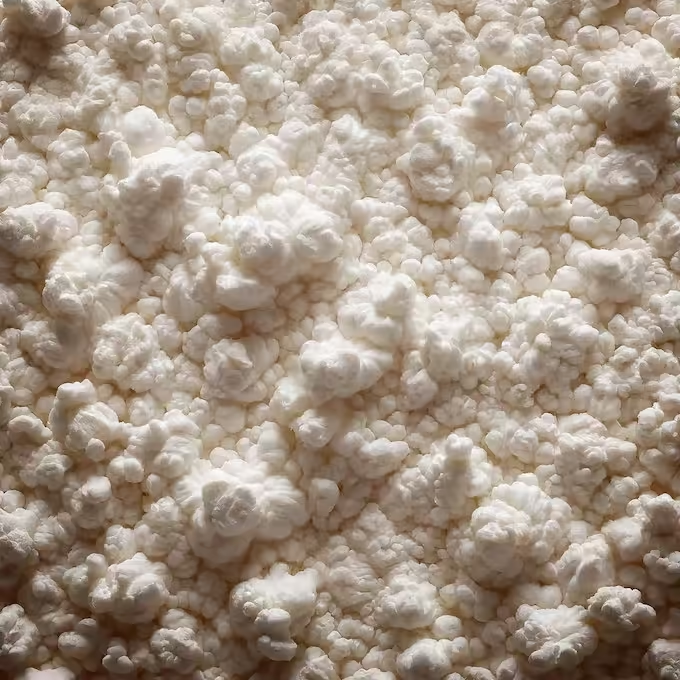
Popcorn ceilings were introduced in the mid-20th century as an efficient way to finish ceilings quickly and economically. They gained popularity in the 1950s due to their ability to hide imperfections, absorb sound, and give a room a unique texture. Builders and homeowners alike appreciated their cost-effectiveness and ease of application.
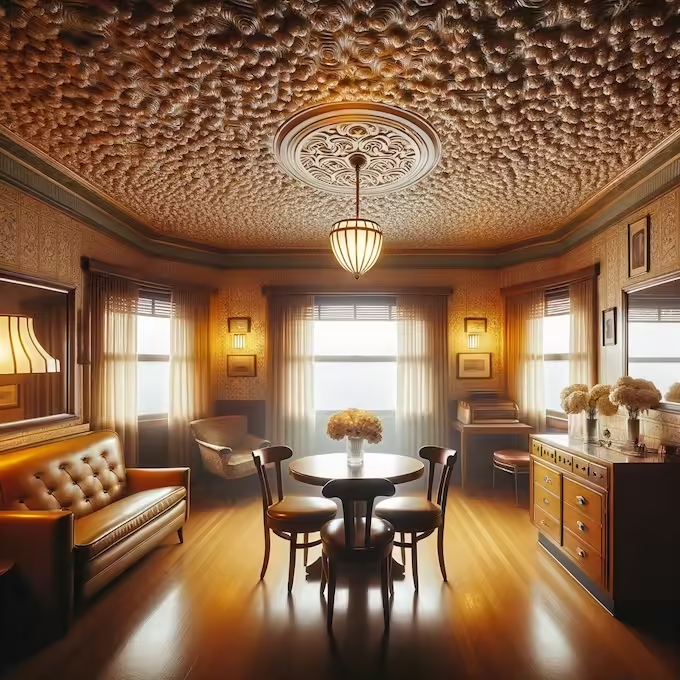
Popcorn ceilings are made from a mixture of materials, primarily consisting of drywall mud and polystyrene or vermiculite particles. In the early days, asbestos was commonly added to the mixture for its fire-resistant properties. However, due to the health risks associated with asbestos, its use was banned in ceiling textures in the late 1970s.
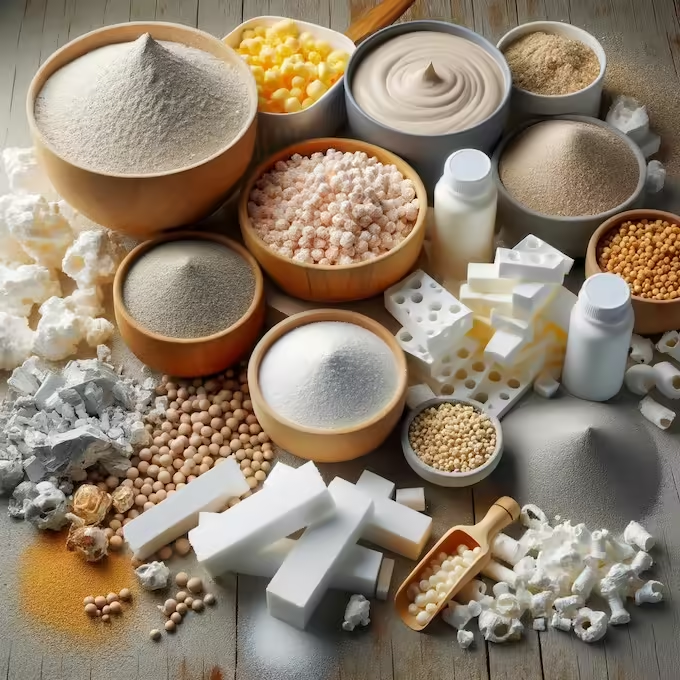
Popcorn ceilings were favored for several reasons:
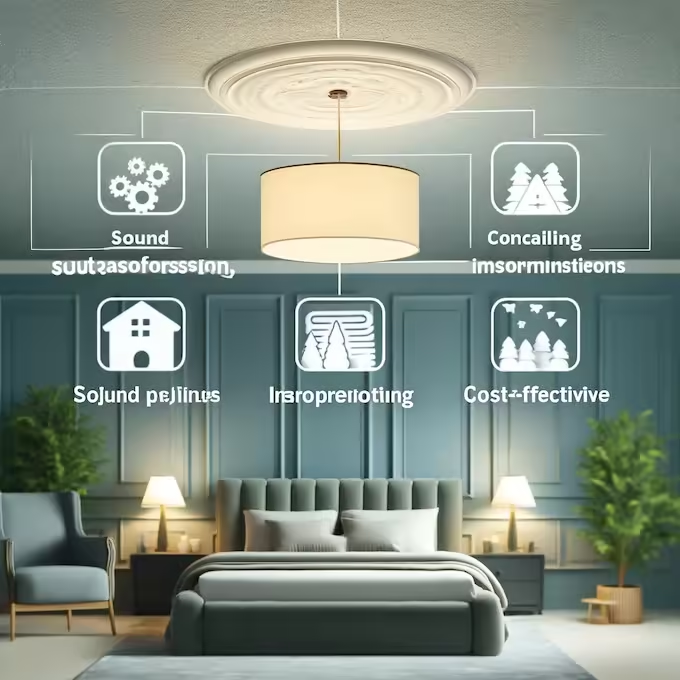
One of the major drawbacks of popcorn ceilings is the potential presence of asbestos, especially in homes built before the 1980s. Asbestos fibers, when disturbed, can become airborne and pose serious health risks, including lung cancer and mesothelioma. It's crucial to test for asbestos before undertaking any renovation or removal project involving popcorn ceilings.
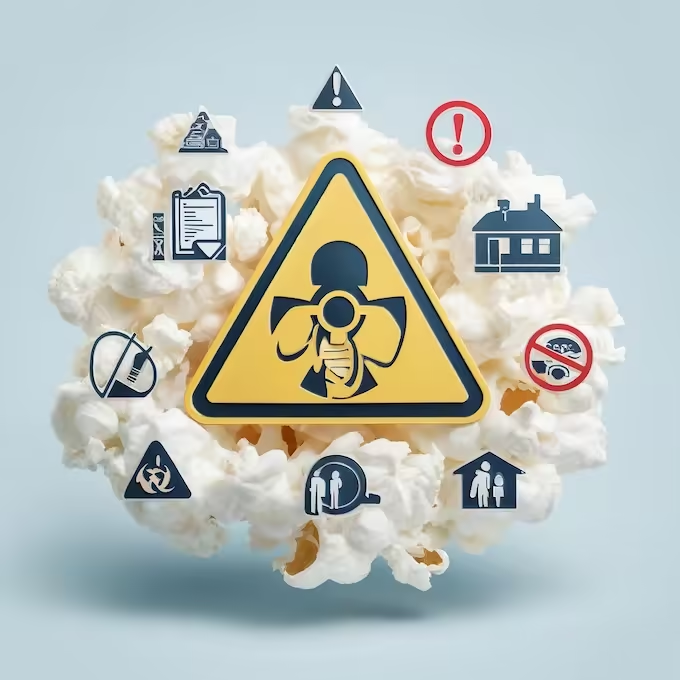
The process of installing a popcorn ceiling involves several steps:
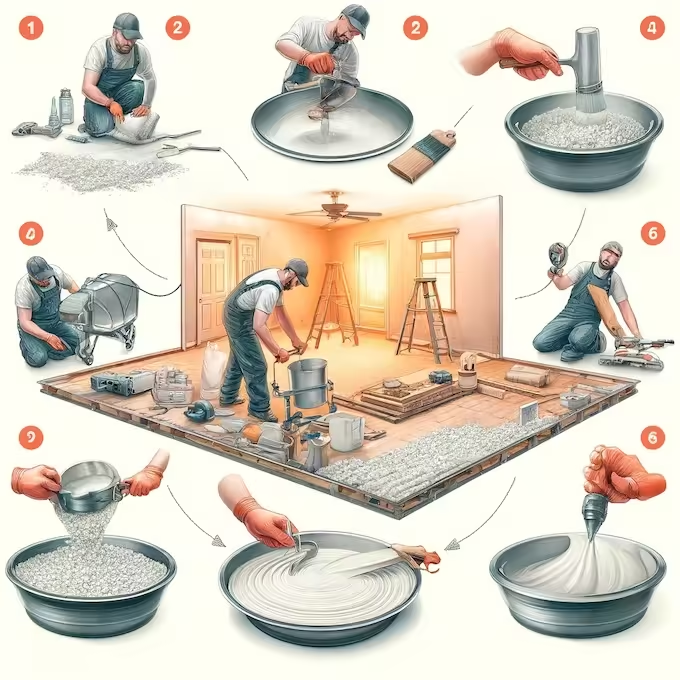
Maintaining popcorn ceilings can be challenging due to their textured nature. Here are some tips:
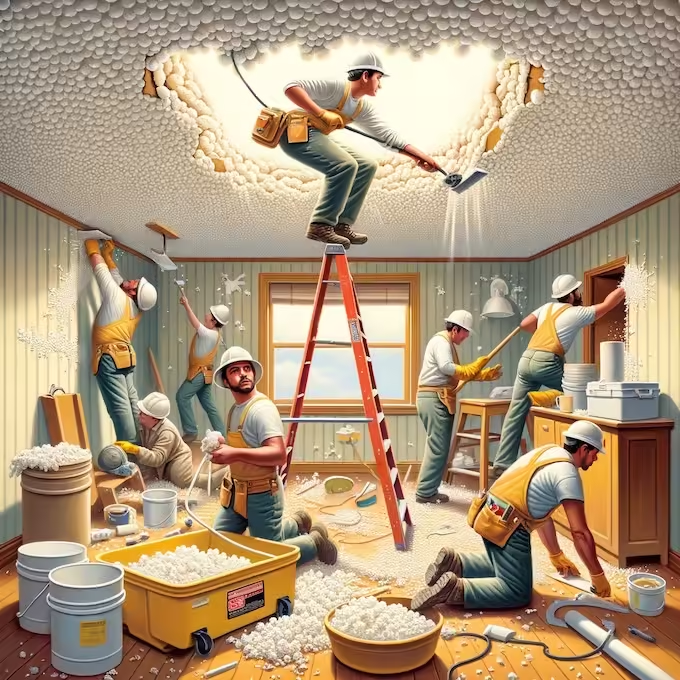
Removing popcorn ceilings can be a labor-intensive process, especially if asbestos is present. Here's a step-by-step overview:
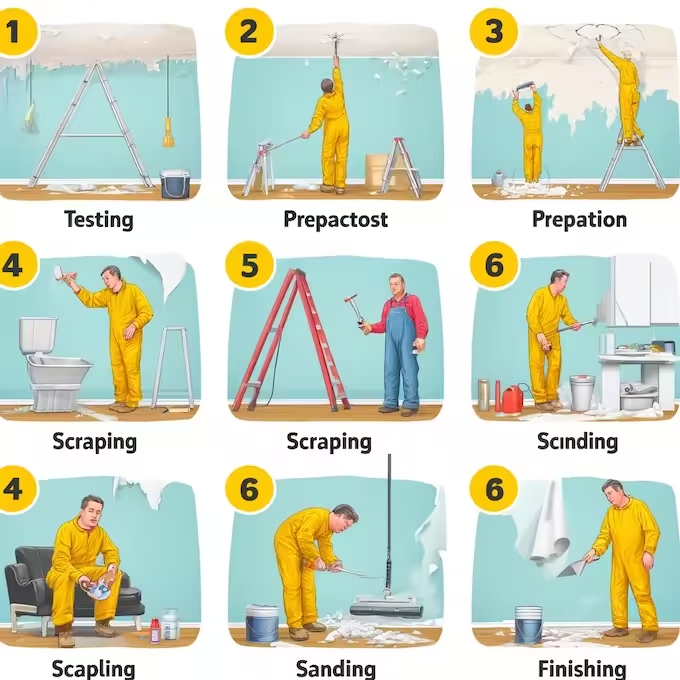
If you decide to remove your popcorn ceiling, consider these alternatives:
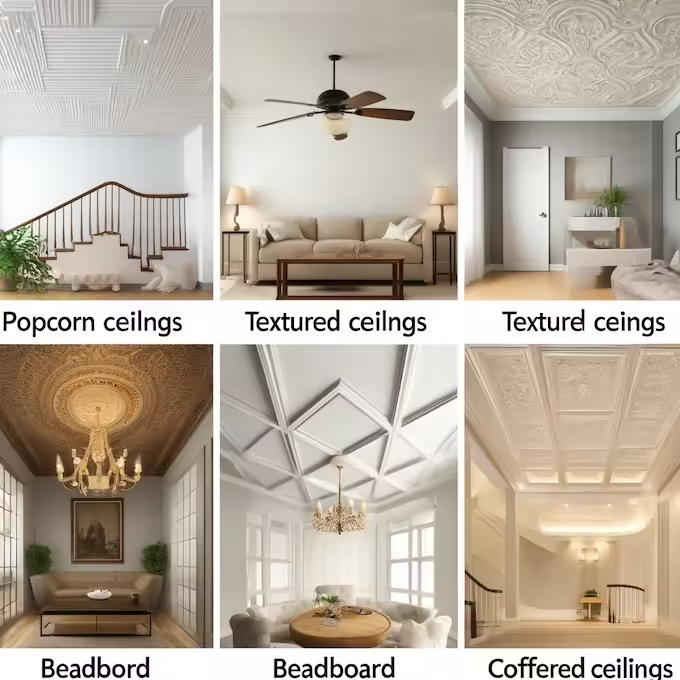
The cost of dealing with popcorn ceilings varies depending on whether you choose to maintain, repair, or remove them. Factors include:

While popcorn ceilings have fallen out of favor, they still exist in many homes. Whether you choose to keep, repair, or remove them depends on your personal preferences, budget, and the condition of the ceiling. Understanding the pros and cons, as well as the associated health risks, is crucial in making an informed decision about popcorn ceilings.
Copyright © 2024 | Powered by: Earnanswers